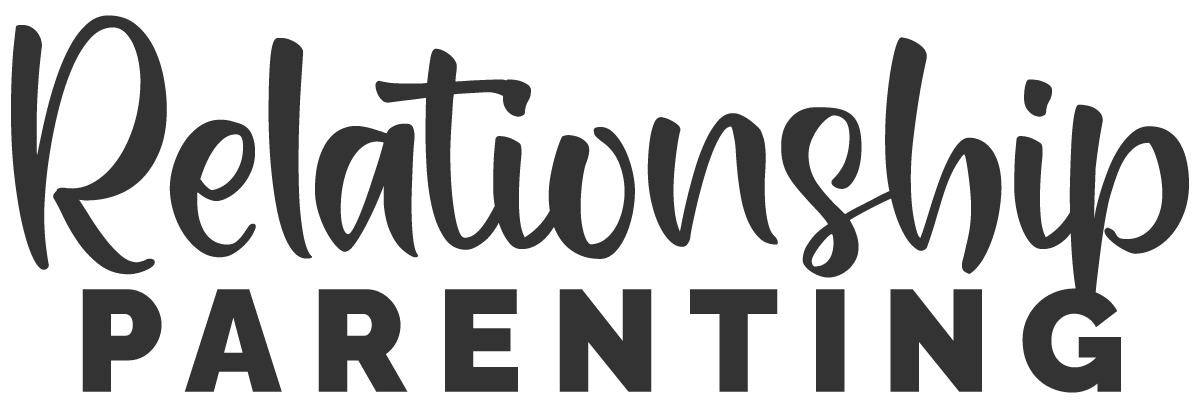We Know a Lot About Children. Unfortunately, We Don’t Provide This Information Readily to Parents or Anyone for That Matter.
Along my parenting journey, I learned a few things that stopped me cold. They make so much sense, yet they are so unknown, that I have literally cried over it. If I ever have my way, I’ll be on a TEDx stage someday to shout this scientific evidence about how kids’ brains develop and how we should immediately change our beliefs about young children and do a 180 on our interactions with them. Here are my top two must-know:
Children Do Not Understand Contractions in Early Childhood
My read on it: Who hasn’t said or heard a parent say to a child something along the lines of, “I told you not to jump, and you jumped anyway! You’re (fill in the blank – “disobedient,” “disrespectful,” “defiant,”) and in big trouble!
Well, come to find out, what the parent more likely said to the child was, “Don’t jump on that!” However, what the child heard was, “Jump on that!”
No kidding, little kids don’t understand our negative contractions, so their brains just ignore them.
So drop the don’t, won’t, and can’t and replace them with stop. When your young child does something you specifically told them not to do, double-check that the child understood you correctly by stating it another way. They deserve the benefit of the doubt, because there’s actually no doubt about it - here’s the scientific data to back them up:


Brain Wave Frequencies in Children: Hear Ye, Hear Ye, adults really are programming children!
My read on it: If you want to know why childhood experiences are so deeply embedded in our psyches and require much effort to surface, process, and heal, look no further than the scientifically proven frequency of children’s brain waves. To sum it up, children birth to 5, and to some extent, up to 8 years old, are walking around in a deeper-than-hypnotic state.
Basically, everything they experience goes straight into their brains without any filter or critical reasoning skills. That angry outburst you had in which you called a child an idiot, yes, that’s now embedded into that child’s self-image. He believes he is an idiot, and he will act that out until, God-willing, the universe provides an opportunity to root it out. Shame on you.
That’s why it is so important to exercise extreme care in how you interact with a child. Not only are children innocent, they are mentally and emotionally defenseless. Be circumspect and responsible for the effect of your energy on children. Here’s the data:
